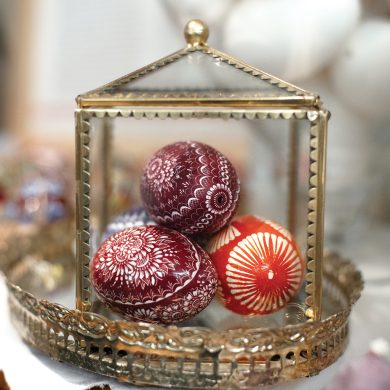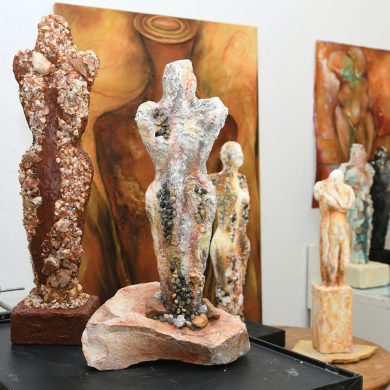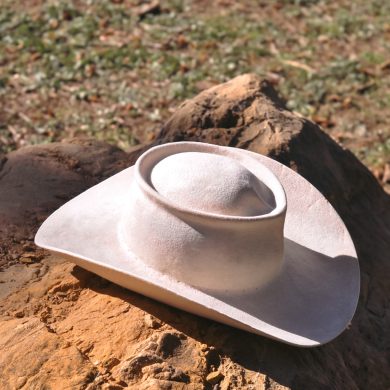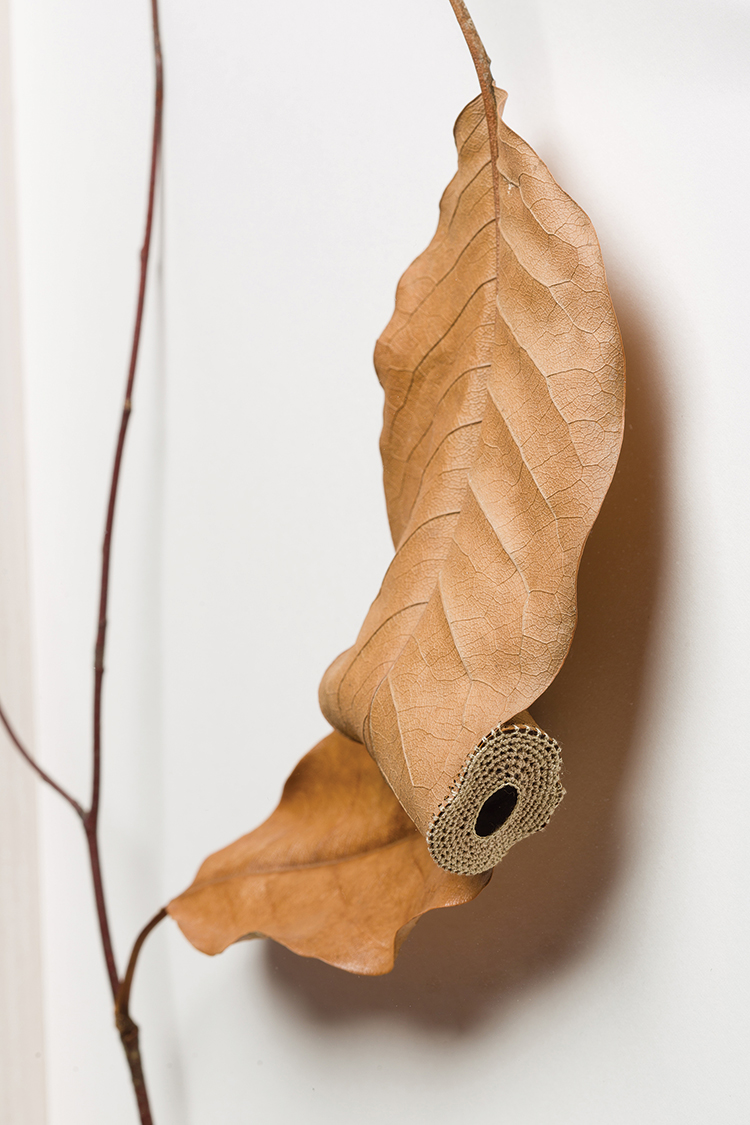
Our interview with Susanna is just a tiny vision into her inspired world:
Where do you live?
I live in Penzance, a small coastal town in Cornwall in the South-West of the UK.
My studio is in the center of town. It has big sash windows and I can see the sea in the distance.
It looks like you’re out of free articles.
Become a Women Create member to read this full article.
Already a member? Sign in
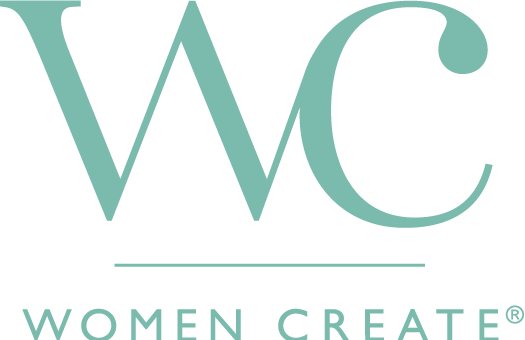
Monthly Membership
- Unlimited access to the Women Create website
- Monthly Maker Moments livestreams, members-only newsletters and more

Annual Memberships
- Unlimited access to the Women Create website
- Print and digital subscriptions of WHAT Women Create magazine, WHERE Women Create magazine, or both
- Monthly Maker Moments livestreams, members-only newsletters and more

